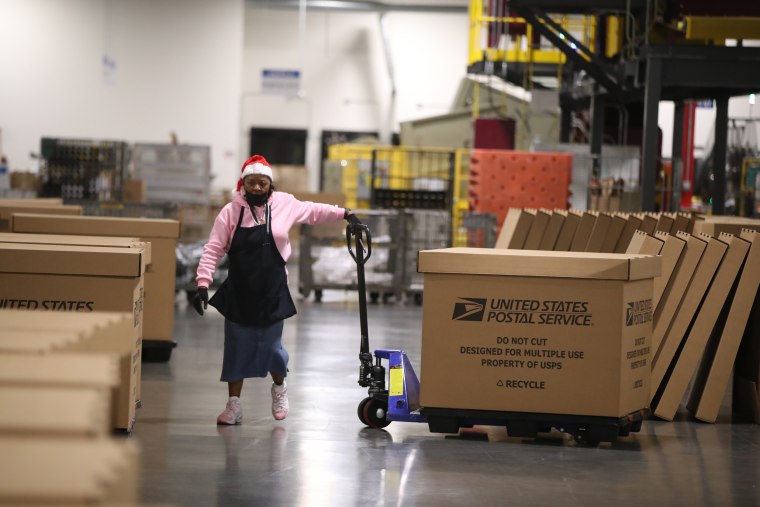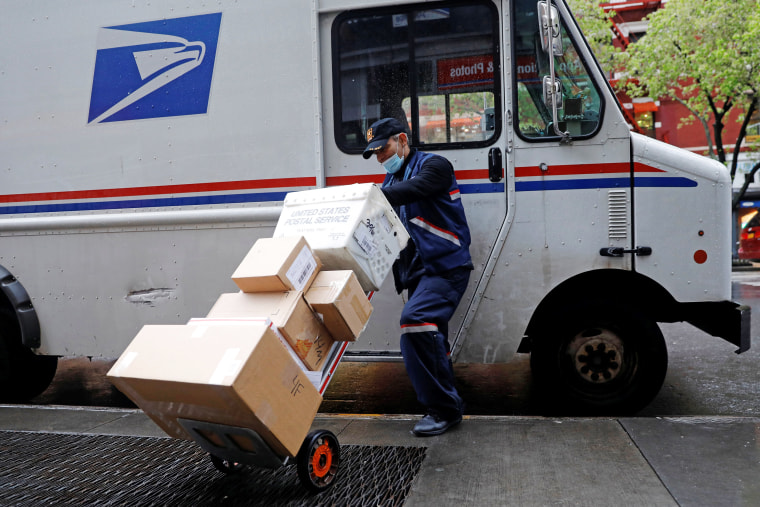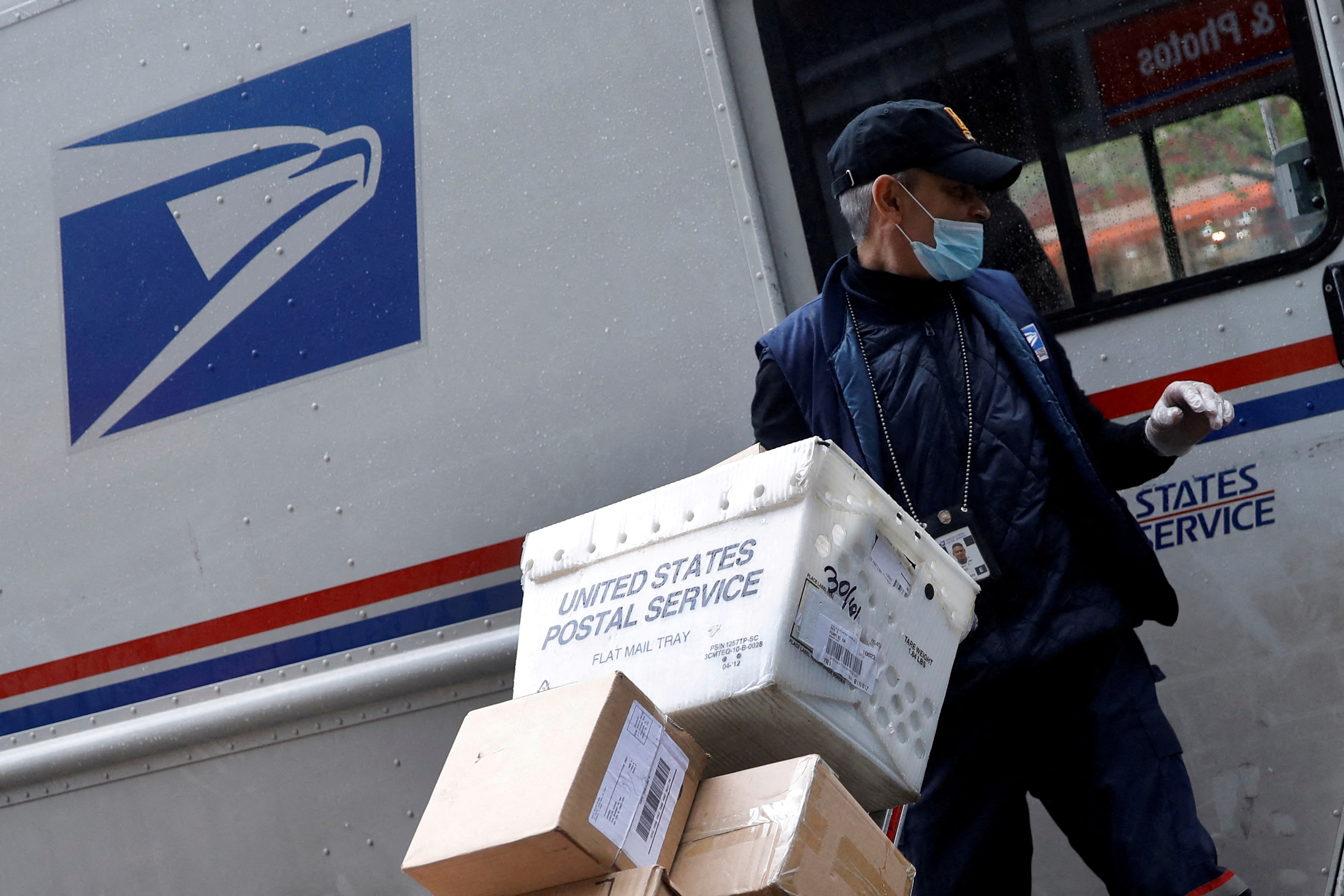Trabajos En United States Postal Service

Let's face it: appliances break. It's a frustrating part of homeownership. To illustrate a structured approach to troubleshooting, we'll use a common scenario: a non-responsive washing machine. This guide is designed to empower you to diagnose and potentially fix the issue yourself, but always remember safety first!
Troubleshooting Your Washing Machine: A Step-by-Step Guide
Before you call a repair technician, work through these steps to see if you can resolve the problem yourself. This process is designed to be safe and methodical.
Step 1: Is it Plugged In? The Obvious, but Essential, Check
It sounds silly, but it's the most common reason for appliance failure. Seriously!
- Visual Inspection: Physically check that the washing machine's power cord is securely plugged into the outlet.
- Test the Outlet: Plug a known working device (like a lamp or phone charger) into the same outlet. If it doesn't work, the problem isn't your washing machine – it's the outlet or circuit.
- Check the Circuit Breaker: Locate your home's circuit breaker panel. Identify the breaker that controls the outlet your washing machine is plugged into. If the breaker is tripped (in the OFF or middle position), flip it fully to the OFF position, then back to the ON position.
- Reset Button (If Applicable): Some washing machines have a reset button, often located near the power cord. Press and hold it for a few seconds.
If the outlet is dead and resetting the breaker doesn't work, stop here! Call a qualified electrician. Do not attempt to repair electrical wiring yourself.
Step 2: Are the Water Supply Valves Open?
A washing machine needs both hot and cold water to function. Make sure the valves are open fully.
- Locate the Valves: These are usually behind the washing machine, where the water supply hoses connect.
- Check the Position: The handles should be turned all the way open. If they are partially closed, turn them fully counterclockwise.
- Check for Kinks: Inspect the water supply hoses for any kinks or bends that might restrict water flow. Straighten them out if necessary.
If the valves are open and the hoses are clear, but you still have no water, you might have a problem with your home's water supply. Contact your local water company if you suspect this is the issue.
Step 3: Understanding the Control Panel and Settings
Modern washing machines have complex control panels. A simple misconfiguration can prevent the machine from starting.
- Read the Manual: This is the most important step. Familiarize yourself with the specific functions and settings of your washing machine model.
- Child Lock: Many washing machines have a child lock feature that disables the controls. Check if this is activated and deactivate it according to the manual.
- Delay Start: Make sure the delay start feature isn't accidentally enabled. This will prevent the machine from starting immediately.
- Incorrect Cycle Selection: Ensure you've selected the appropriate wash cycle for your laundry. Some cycles require specific conditions to be met before the machine will start (e.g., a delicate cycle might require a smaller load).
- Door/Lid Switch: Washing machines have a safety switch that prevents them from operating if the door or lid isn't properly closed and locked.
- Visual Inspection: Check for any obstructions preventing the door or lid from closing fully.
- Listen for the Click: When you close the door/lid, you should hear a distinct click, indicating that the switch has been engaged.
- Test the Switch (Advanced - Proceed with Caution): Unplug the washing machine before attempting this. The door/lid switch can sometimes be tested with a multimeter. However, this requires electrical knowledge. If you are not comfortable working with electricity, skip this step and call a repair technician. The location of the switch varies depending on the model. Consult your service manual or search online for your specific model's switch location and testing procedure.
If the control panel is unresponsive or displaying error codes, consult your washing machine's manual for troubleshooting steps specific to those codes. Some manufacturers also have online troubleshooting resources.
Step 4: Checking the Drain Hose
A clogged drain hose can prevent the washing machine from starting or completing a cycle.
- Locate the Drain Hose: This hose is usually located at the back of the washing machine and connects to a drainpipe or standpipe.
- Inspect for Kinks or Blockages: Check the hose for any kinks, bends, or obstructions. Straighten the hose and remove any visible debris.
- Remove and Clean the Hose: Unplug the washing machine and turn off the water supply before removing the drain hose. Disconnect the hose from both the washing machine and the drainpipe. Flush the hose with water to remove any clogs. You can use a long, flexible brush or a plumbing snake to dislodge stubborn blockages.
- Check the Drainpipe: Make sure the drainpipe or standpipe isn't clogged. You can use a plumbing snake to clear any blockages.
After cleaning the drain hose and drainpipe, reconnect everything securely and test the washing machine.
Step 5: The Water Inlet Valve Screen (Simple Cleaning)
The water inlet valves have small screens to prevent debris from entering the machine. These can become clogged over time.
- Turn Off the Water Supply: Crucially important! Turn off both the hot and cold water supply valves to the washing machine.
- Disconnect the Hoses: Carefully disconnect the water supply hoses from the back of the washing machine. Have a bucket and towel ready, as some water will spill.
- Locate the Screens: The screens are located inside the water inlet valve openings on the back of the washing machine.
- Remove and Clean the Screens: Use needle-nose pliers or a similar tool to carefully remove the screens. Rinse them thoroughly under running water to remove any debris. You can use a small brush to scrub away stubborn deposits.
- Reinstall the Screens and Hoses: Reinstall the screens and reconnect the water supply hoses. Make sure the connections are tight to prevent leaks.
- Turn On the Water Supply: Slowly turn on the water supply valves and check for leaks.
Step 6: When to Call a Professional
The steps above cover basic troubleshooting that most homeowners can safely perform. However, some repairs require specialized knowledge and tools. You should call a qualified appliance repair technician if:
- You are uncomfortable working with electricity or gas.
- You suspect a problem with the motor, pump, timer, or other complex internal components.
- You are unable to diagnose the problem after following the steps above.
- The washing machine is still under warranty. Attempting to repair it yourself might void the warranty.
- You smell burning or see smoke coming from the washing machine. Immediately unplug the machine and call a professional.
- You encounter any error codes that you can't resolve with the manual's troubleshooting steps.
Examples of Repairs Best Left to Professionals:
- Replacing the motor or pump: These are complex and often require specialized tools and knowledge.
- Repairing or replacing the timer or control board: These components are sensitive and require precise calibration.
- Replacing the tub or drum: This is a major repair that requires disassembling the entire washing machine.
- Gas washing machine repairs: Never attempt to repair a gas washing machine yourself. Gas appliances require specialized training and certification.
Tips for Preventing Washing Machine Problems
Preventive maintenance can help extend the life of your washing machine and avoid costly repairs.
- Don't Overload the Washing Machine: Overloading can strain the motor and other components.
- Use the Correct Amount of Detergent: Too much detergent can leave residue and cause problems.
- Clean the Washing Machine Regularly: Run an empty wash cycle with a washing machine cleaner or a cup of white vinegar every month to remove buildup and odors.
- Inspect the Hoses Regularly: Check the water supply and drain hoses for cracks, leaks, or bulges. Replace them if necessary.
- Level the Washing Machine: An unlevel washing machine can vibrate excessively and cause damage. Use a level to adjust the leveling feet until the machine is stable.
- Empty Pockets: Remove coins, keys, and other items from pockets before washing clothes. These items can damage the washing machine.
By following these troubleshooting steps and preventive maintenance tips, you can keep your washing machine running smoothly for years to come. Remember, when in doubt, call a professional. Your safety and the longevity of your appliance are worth it!










